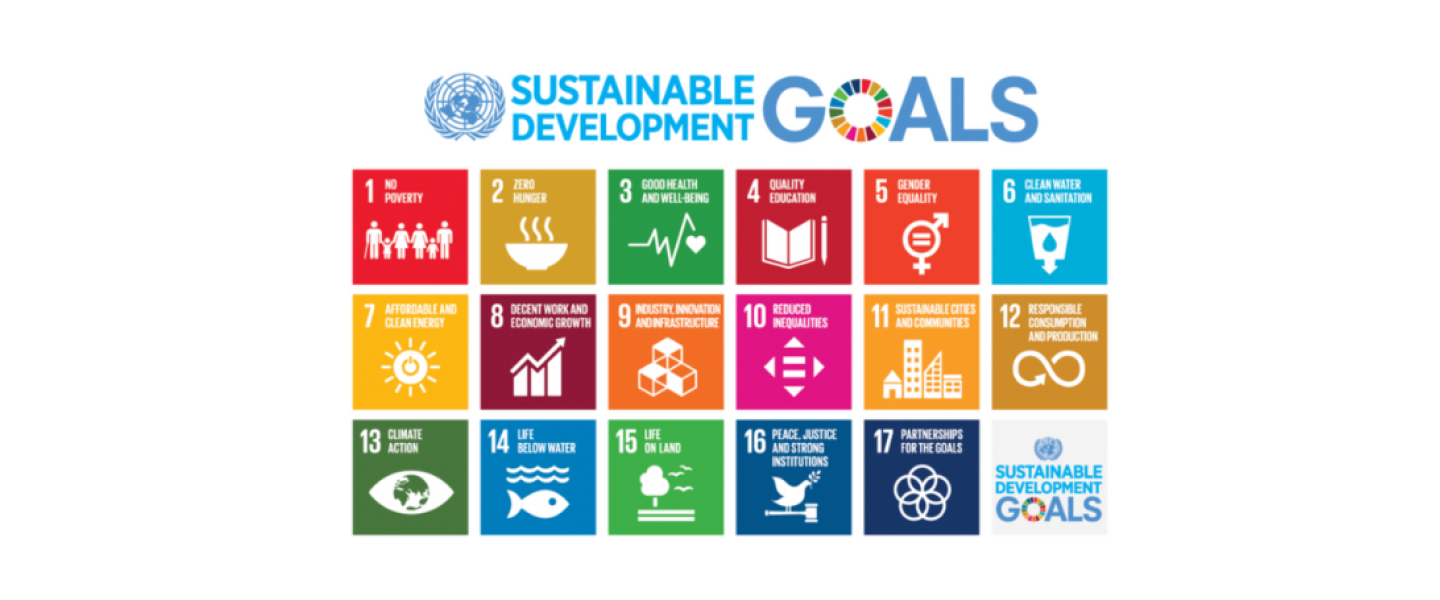Peace, equality, an end to poverty and hunger, good health, decent work and education, climate action, clean energy and water - these are some of the greatest challenges of our time and they are central to the United Nations’ 17 Global Sustainable Development Goals (UN SDGs). In 2015 these ambitious goals were unanimously adopted, yet delivering these goals poses a formidable challenge and demands responsible leadership, whether it is in political office, in the corporate boardroom or at the grassroots level. To rise to this challenge, responsible leaders not only need to tackle world-scale issues, but also enable the development of more responsible leaders – for the present, and for the future. The more diverse the cohort of leaders, the more the quality of leadership is enhanced and the greater the progress in reaching the 2030 target to deliver these SDGs.

But there are many institutional and individual barriers to the leadership development of a more representative and diverse group of leaders. This is an area we focus very strongly on in our leadership work at Saïd Business School, so we were privileged to contribute to this new book edited by our colleague Mike Saks Responsible Leadership: Essential to the Achievement of the UN Sustainable Development Goals. In our chapter - Responsible Leadership Development: Gender, Diversity and the Route to the Top - we assessed the barriers to entry for women, ethnic minorities and those at the intersection of these two groups. We then utilised the evidence of those barriers to identify a set of key principles to foster the development of responsible leaders of the future.

Here is a snapshot of the three key principles we outline:
1) Define success
Responsible leadership development must recognise and respect the cultural differences and values that shape individuals’ ideas of success and frame their leadership identity. It is important to both acknowledge and validate such criteria when appointing and appraising leaders. The diversity of values considered important by individuals should be promoted and celebrated.
Responsible leaders can foster self-acceptance among emerging leaders by providing formal opportunities for coaching and mentoring, as well as through the creation of safe organisational spaces that enable conversation on self-awareness and self-worth in relation to leader identity development. Showcasing the personal identity journeys of emerging leaders can enable responsible leaders to play a pivotal role in redefining what leadership success means in organisations.
2) Overcome biases and increase representation
The environment that leaders create determines whether individuals can excel. To do this leaders must overcome biases not only at a personal level, but also facilitate the development of a bias-free organisational culture and a diverse leadership pipeline. There are a number of measures which can be adopted across the employment life cycle from job advertisements, to recruitment panels, performance evaluations and succession planning. These steps allow the removal of significant barriers to female and ethnic minority leadership talent, paving the way to the top.
There are additional ‘hard’ measures to reduce bias such as statutory quotas or mandated candidate diversity at the shortlisting stage, but it is important to note though that such measures for reducing bias must be accompanied by ‘softer’ mechanisms that promote an organisational culture of sensitivity, empathy and awareness. Indeed, a responsible leader needs to play a more significant role in this regard at both the personal level, through the practice of reflexive leadership, as well as in their role as trailblazers of diversity at organisational level.
3) Recognise the positive effects of multiple roles and provide organisational support
Responsible leadership development should recognise the value of incorporating an individual’s multiple personal roles and ‘lived experience’ in their leadership role. A central aspect of promoting and valuing multiple roles is to stop fitting leaders into ‘cookie-cutter’ moulds and instead conceptualising them in the myriad ways that promote the diversity of images of a leader.
But recognising the value of these multiple roles involves investment in skills development in terms of mentoring, networking and training. And that investment in development needs to be complemented by the creation of high-visibility assignments which in turn deliver opportunities. This requires both embracing leadership development as well as creating organisational environments that value the leadership styles of women and ethnic minorities and facilitate them to reach their full potential.
The three principles above are very much a snapshot of the necessary tools to establish, develop, nurture and sustain responsible leadership. It is not a box ticking or single action exercise - it is a long term investment in talent buttressed by actions, words and examples, and drawing on awareness and understanding of the background, context and very essence of human individuals.
Our chapter in Mike Saks’s book draws on and is informed by, not only our work, but by the work of many of our colleagues over the years. To truly understand the complexity of the work that is needed to lead responsibly, and to grow and diversify the next generation of responsible leaders, we would encourage you to read Responsible Leadership: Essential to the Achievement of the UN Sustainable Development Goals.







